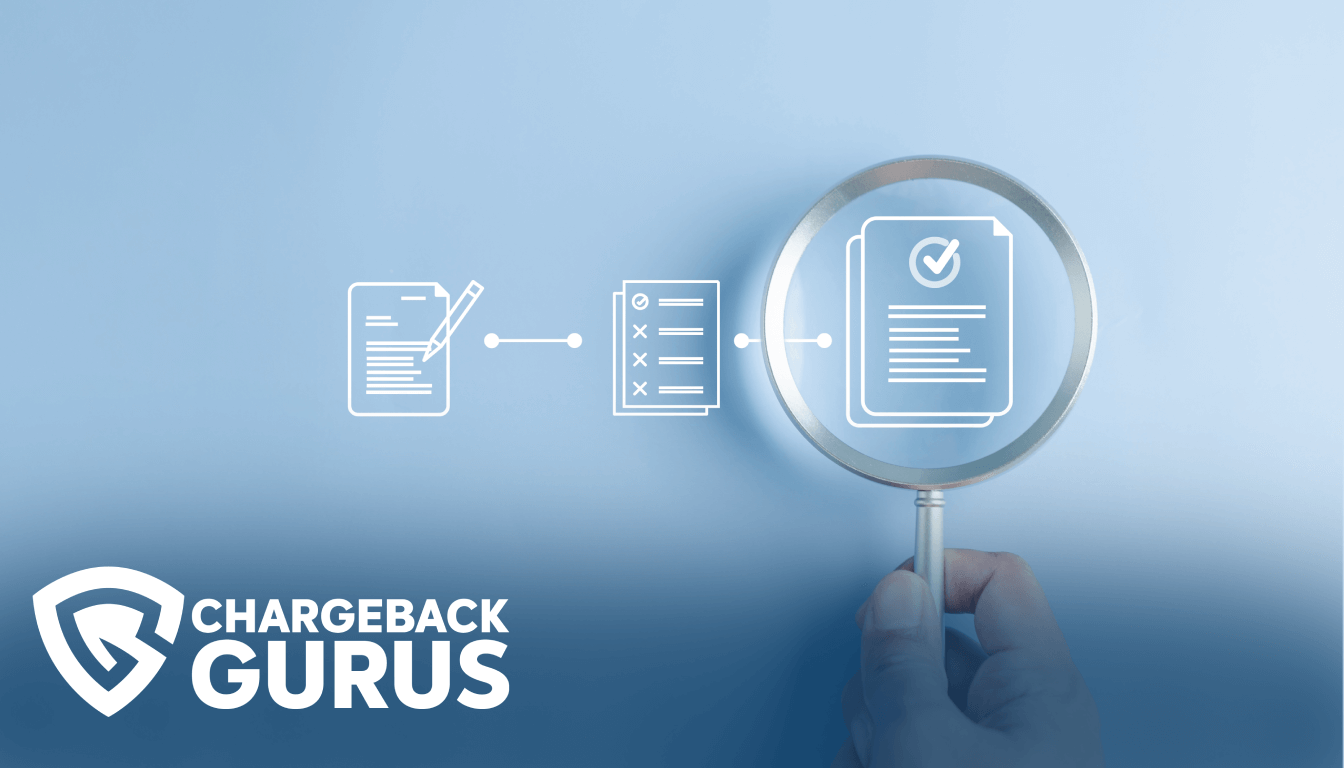Visa Chargeback Reason Code 53: Consumer Disputes

Table of Contents
- What is Visa chargeback reason code 53?
- What causes code 53 chargebacks?
- What's the time limit to respond to code 53 chargebacks?
- How can merchants fight code 53 chargebacks?
- How can merchants prevent code 53 chargebacks?
- About Visa chargeback reason codes
Merchants who receive a chargeback for a transaction placed with a Visa card may encounter reason code 53, which indicates a disputed transaction that the cardholder does not believe they should be responsible for paying. The actual underlying cause of this chargeback may be either friendly fraud or merchant error. Merchants who believe they have received an invalid chargeback under reason code 53 may be able to represent the transaction and reverse the chargeback with the right compelling evidence.
What is Visa chargeback reason code 53?
Visa chargeback reason code 53 falls under the “Consumer Disputes” category. The shorthand description is “Not as Described or Defective Merchandise.” This code means the cardholder claims that the goods or services they received don't match the description provided by the merchant.
In all regions except for France Domestic, this chargeback may also be used when the cardholder is claiming that the merchandise they received was damaged or defective, or when the dispute centers on the perceived quality of the goods or services provided.
What causes code 53 chargebacks?
Code 53 chargebacks are often the result of a friendly fraud attempt from a dissatisfied customer. However, they can also be caused by merchant error.
It’s often the case that when products arrive in damaged or defective condition, there’s something the merchant could have done to prevent it—tougher quality control standards, closer inspections of outgoing products, better packaging material, or higher standards of workmanship.
If the cardholder claims that the goods they received were not as the merchant had described, it’s possible that the merchant made misleading or inaccurate claims in the catalog or website that the cardholder was reading prior to their purchase.
Unfortunately, this is also a common chargeback code in cases of friendly fraud, as it is easy to make subjective and hard-to-falsify claims about products arriving in unsatisfactory condition.
What's the time limit to respond to code 53 chargebacks?
The acquirer or merchant has 30 days to respond to a chargeback filed under reason code 53.
How can merchants fight code 53 chargebacks?
Merchants can fight code 53 chargebacks if they have evidence that the customer's claim is false, such as proof the merchandise was accurately described or that it isn't counterfeit.
Your chargeback response should include the following:
- Evidence that the merchandise was not defective, such as photos or correspondence showing that the cardholder was able to use it as intended.
- Proof that the cardholder never attempted to return, exchange, or refuse delivery of the supposedly defective product.
- A detailed rebuttal of the cardholder’s claims.
- If the chargeback carries the “Counterfeit Merchandise” modifier, provide documentation that proves that the merchandise you sold was not counterfeit.
- If the chargeback carries the “Misrepresented Terms of Sale” modifier, provide a copy of your terms of sale along with documentation that proves that you did not misrepresent anything to the cardholder.
- If the chargeback carries the “Not as Described” modifier, include one or more of the following items:
- Documentation that proves that the goods or services you provided match the description provided to the cardholder.
- An explanation of your goods or services that rebuts the cardholder’s claims.
- Proof that the cardholder never made an attempt to return or refuse the merchandise.
How can merchants prevent code 53 chargebacks?
Ways for merchants to prevent code 53 chargebacks include making sure shipments are well-protected and avoiding marketing that makes promises you can't keep.
Merchants sometimes set themselves up for these types of chargebacks by going overboard with big promises and grandiose claims in their advertising materials and marketing copy. When talking up your products crosses the line into misleading or deceptive territory, you can expect disappointed customers to lose their trust in your company and come back at you with this chargeback.
Honesty and transparency are essential qualities if you want to steer clear of “not as described” disputes.
The following advice can help you avoid this kind of chargeback:
- Provide accurate, complete, and truthful descriptions of the products and services you are selling.
- Make sure your fulfillment department is familiar with your merchandise, has a complete understanding of what has been purchased, and knows what to ship.
- Use boxes and packing material that will protect your merchandise from damage during transit.
- Provide exceptional customer service and promptly acknowledge customers when they make contact.
- If the cardholder contacts you because they are unhappy with the quality of the product or services they purchased, promptly fulfill all valid requests for replacements or refunds.
- When a product is defective, resolve the issue yourself. Don’t refer the cardholder to the manufacturer instead.
About Visa chargeback reason codes
Reason codes are alphanumeric codes that provide the justification for granting a chargeback. Pursuant to the Fair Credit Billing Act of 1974, cardholders have the right to dispute unauthorized or erroneous charges, and issuing banks must reverse a disputed transaction if the cardholder’s claim is valid.
When a cardholder contacts their issuing bank to dispute a transaction and receive a chargeback, the dispute is assigned a reason code that most closely matches the substance of the cardholder’s claims. The reason code provides the merchant and other stakeholders in the dispute with a concise explanation for why a chargeback has been granted.
Each card network—Visa, Mastercard, American Express, and Discover—defines and maintains their own unique set of reason codes, which are applied to disputes by the banks that issue credit and debit cards under their brands.
Visa specifies 46 reason codes under the categories of Fraud, Authorization, Point-of-Interaction Error, Consumer Disputes, and Processing Errors. Visa uses a numeric scheme for its chargeback reason codes.
Understanding chargeback reason codes is one of the most essential parts of effective chargeback management. Identifying the chargeback reason code and the evidence required to fight it is the first step in chargeback representment, and analyzing your chargeback reason codes can provide you with insights into what types of disputes are causing you the most trouble. With this information, you can determine the root causes of your chargebacks and take action to prevent them from reoccurring.


